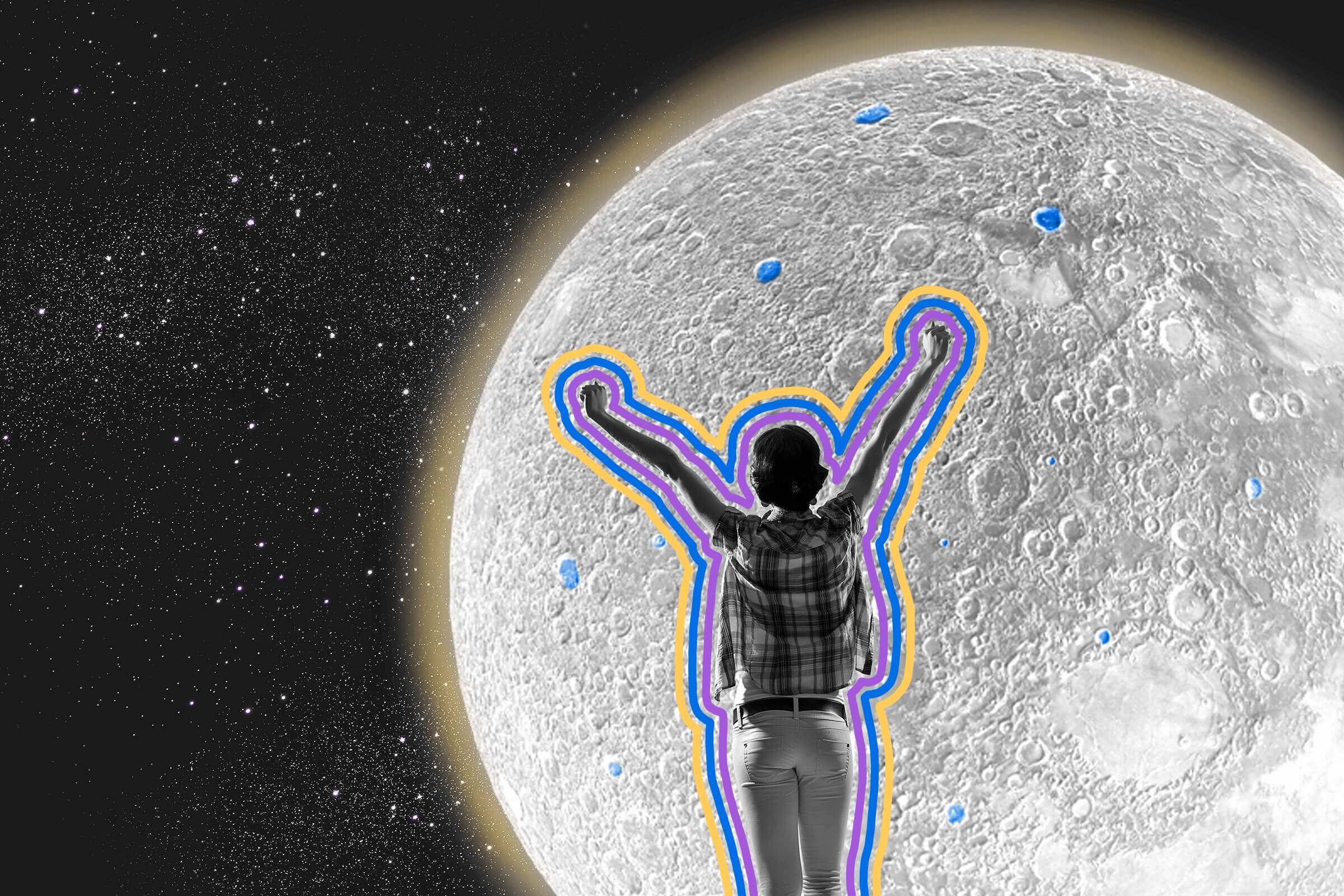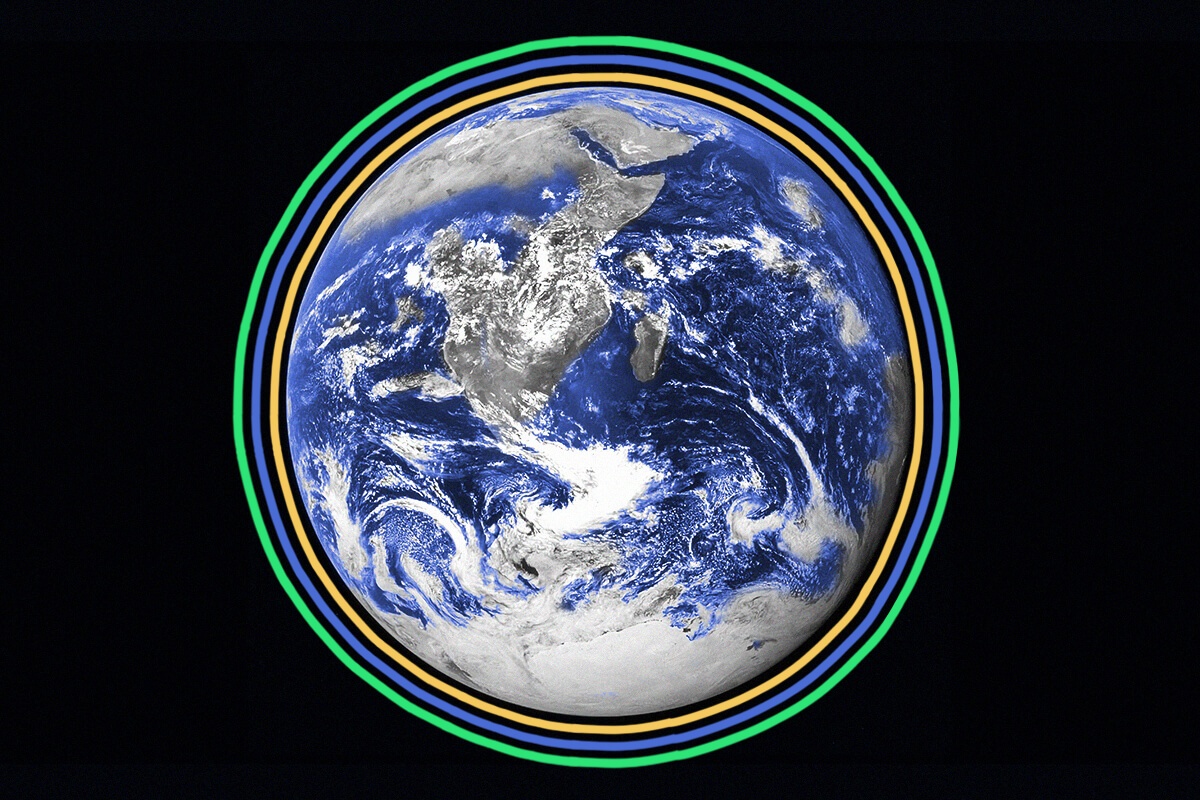| Space stretches out in all directions (at least as far as we can tell) for some 46 billion light-years, but it doesn't take all that long to get to where it begins. In fact, if you had a car that could somehow drive skyward toward the Kármán line — the barrier that marks the beginning of space — you'd arrive there in little more than an hour (and that's while cruising at a leisurely 60 mph). The Kármán line, named after Hungarian American physicist Theodore von Kármán, was set by the Fédération aéronautique internationale (FAI), a world governing body for air sports, and exists at 62 miles above sea level. But Earth's atmosphere doesn't just abruptly end — it slowly fades away, making the definition of "space" a bit murky. NASA, for example, classifies anything 50 miles above sea level as space, even though the outermost layer of the Earth's atmosphere, the exosphere, stretches much farther. In fact, the International Space Station (ISS) actually travels within the Earth's thermosphere (the layer below the exosphere), at about 250 miles above sea level. But just because these areas are part of the Earth's atmosphere doesn't mean they can't be considered space. Air density in the thermosphere and exosphere is so low, most agree that these regions contain essentially the same conditions as space. If you wanted to take your hypothetical space car completely beyond Earth's atmosphere, all the way to the region known as "outer space," it'd be an epic road trip to the end of the exosphere, some 6,200 miles from Earth. | 







No comments:
Post a Comment